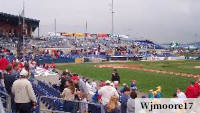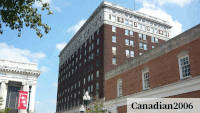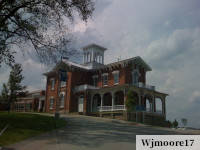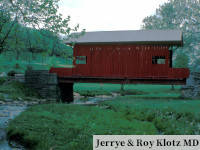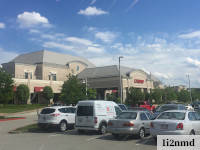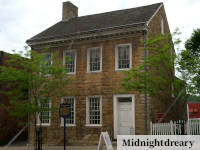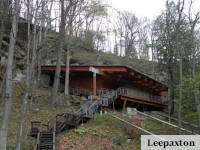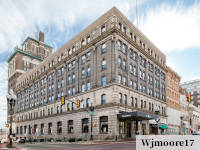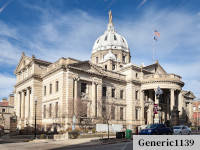The First Time Federal Troops Fired On American Citizens
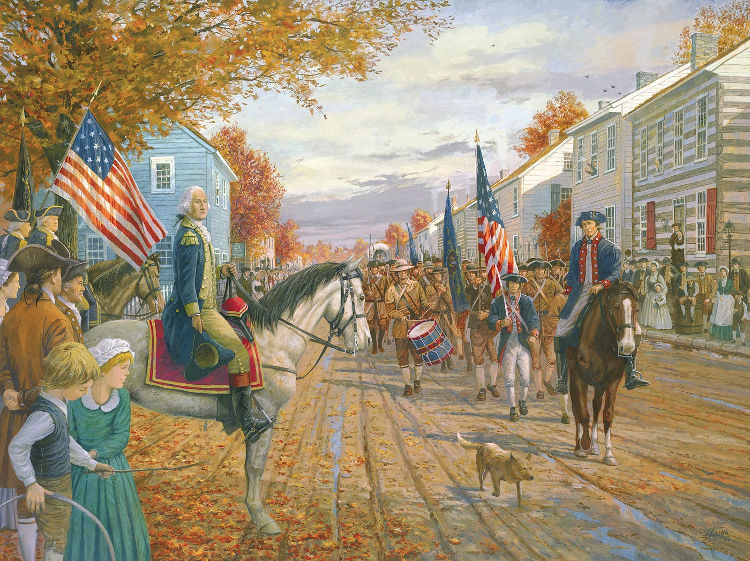
Following the Revolutionary War and the formation of the United States, the new government needed money to pay war debts. A tax was levied on distilled spirits, including whiskey. Farmers in Western PA, who turned their grain into whiskey, rebelled. They closed the courts and attacked tax collectors. President Washington led troops who fired on Americans and restored order.
The Whiskey Rebellion Education And Visitor Center opened in downtown Washington to teach people about the Whiskey Rebellion (1791 to 1794) and how it helped to shape American history. The same questions that divided the young nation back then – liberty versus order – remain important today.
The center has exhibits that can be touched, artifacts of the day, an historical timeline and paintings by Ray Forquer, who was a fixture of the Washington art community. People can learn how the first presidential pardon was granted.
Of course the Whiskey Rebellion Education And Visitor Center has an 18th century still like was used to distill grain into whiskey. They have all the ingredients necessary to make whiskey. Their exhibit shows the whiskey making process. They display barrels such as might be filled with whiskey. Because it’s an education center that is toured by students, the facility doesn’t actually distill whiskey or have any whiskey on hand.
There’s a bar in the center. “It is a replica of an 18th century tavern bar,” Tracie Liberatore, Executive Director of Bradford House Historical Society, which operates the new center, said. It looks like a cage such as protected bank tellers long ago, except it protects the expensive ceramic containers that held distilled spirits. There’s an opening in the cage that alcohol could be served through.
An alcohol meter – or alcoholmeter – measures the concentration of alcohol in distilled spirits. They have one of those. Theirs was used in the late 1700s by a distiller reputed to have intimidated federal officers who collected the whiskey tax and distillers who paid it.
The displays at the museum are self-guided. There’s always someone present to answer questions. It can be seen in about three-quarters of an hour. Students who are home-schooled started seeing the exhibits in April. Public school students were expected once health restrictions related to the coronavirus pandemic were lifted.
The Whiskey Rebellion Education And Visitor Center was built to meet the needs of physically-challenged people with fully accessible educational space and restroom. The entrance includes a ramp.
The Bradford House Historical Association operates the Whiskey Rebellion Education And Visitor Center and the Bradford House Museum. The Bradford house was built by a local businessman and lawyer who became a leader of the Whiskey Rebellion. It’s an 18th century architectural showpiece. Because it’s an historic landmark, it’s not supposed to be modified, which is why a second location was opened.
The Whiskey Rebellion Education And Visitor Center and the Bradford House Museum are across the street from each other. They’re open the same hours – Wednesday through Saturday from 10:00 AM until 4:00 PM from April through November, and closed on holidays.
The Bradford House Historical Association hosts the annual Whiskey Rebellion Festival in downtown Washington. The story of the rebellion is re-enacted by live actors. Entertainment is provided. Food is available. Typically 10,000 people fill the streets. Hundreds of people make the festival happen. “Many, many people are involved – all volunteers,” Liberatore said.
The association’s largest fundraiser is the Annual Whiskey Rebellion Dinner. After skipping 2020 due to the coronavirus pandemic, the dinner has been slated for the fall of 2021.
Admission to the Whiskey Rebellion Education And Visitor Center is free. Once inside, people will see a display of the main players of the Whiskey Rebellion. “One side of it is labeled Friends of Order, the other side is labeled Friends of Liberty. We ask people whether they are a friend of order or a friend of liberty,” Liberatore said. How will you answer?
This article was published in
